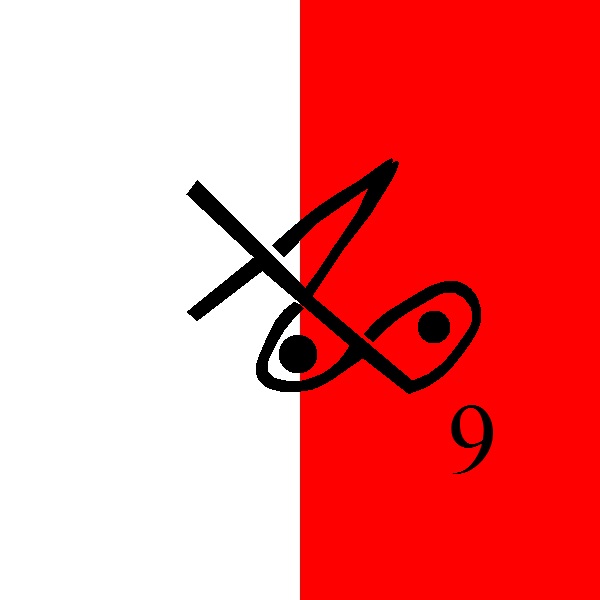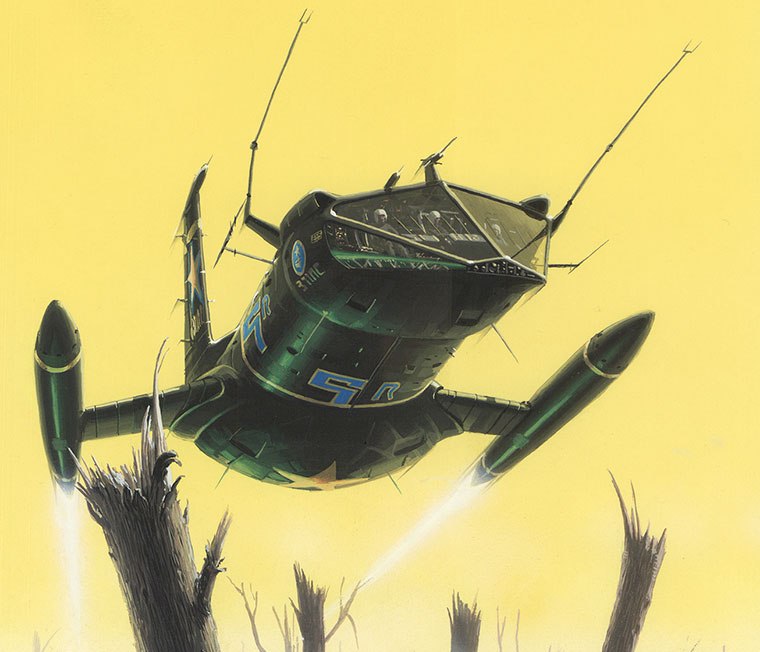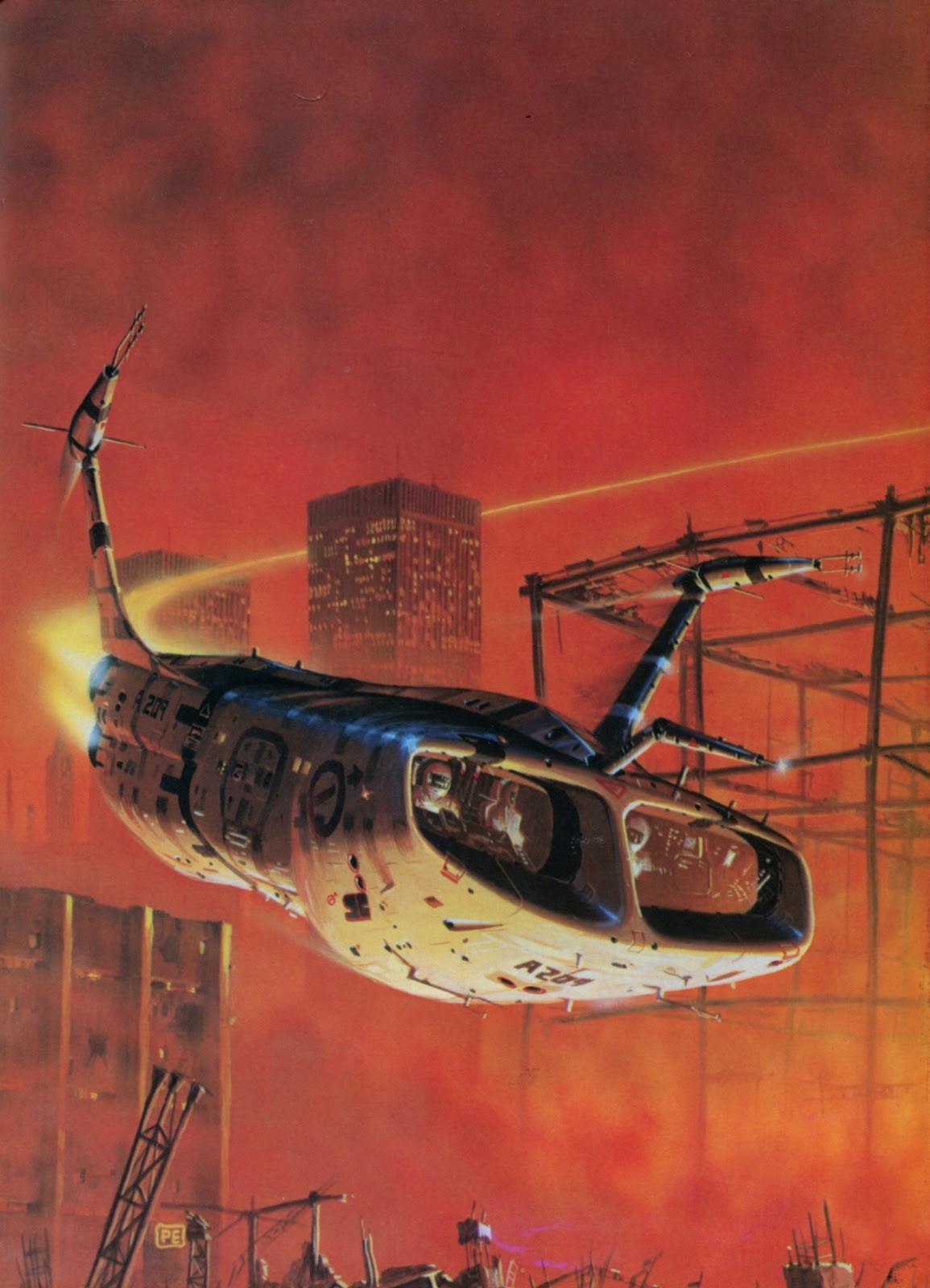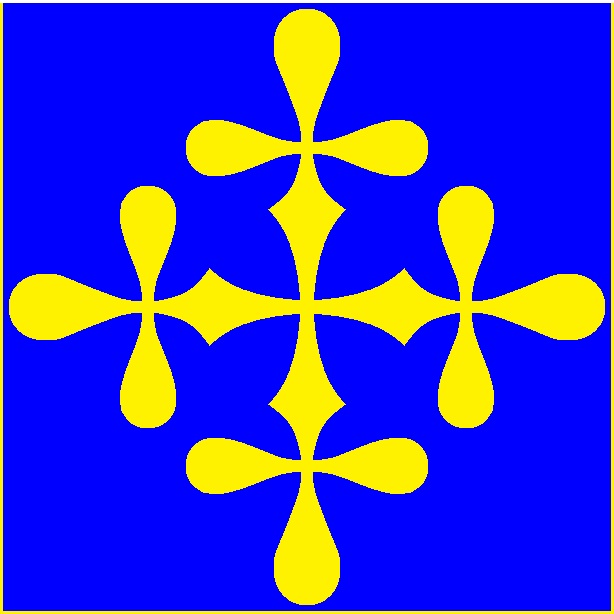 United Galaxies Council. | (AKA "Sierra Bravos" or "The Lost Battalions"). |  United Galaxies Council. | |||||||||||||||||
|---|---|---|---|---|---|---|---|---|---|---|---|---|---|---|---|---|---|---|---|
| The "Special Battalions" are made up of UGC militry convicts. It's that simple. As Dishonorably Discharged personnel, they have lost all rights, and prison sucks. The Special Battalions is a kind of "second chance" in life- They get released and have to serve, but once the operation for which they have been recruited is complete, they are automatically settled on a UGC world where 'normal' Under UGC law, there is a right to breeding after release, and towards this end Special Battalions Command has been recruiting female militry convicts whenever possible, but most of the female population of Special Battalions come from the normal prison authority. There is no want for volunteers; In fact there's a consistent overload of qualified candidates, and many times that of unqualified ones. The imbalance of candidates to billets reflects both the number of such candidates (generally around 100,000) and the LACK of missions; Suicide missions are not the UGC's stock-in-trade, so to build a Special Battalion take a lot of consideration. Structure A Special Battalion is built when a need for them is identified; That is, a suicide mission is identified. First, the Mission Commander is selected, based on their own qualifications; In a few cases, such as the Sedgewick Outbreak, an Executive Officer is selected. (In the case of Sedgewick, the Mission Commander, Lt. General Adiien MORIP'H, was a virologist with limited combat experience, have been under and returned fire on Vill some 20 years earlier; as such, his XO was Major Finneias NORM, who was fresh off of Ix, having suppressed an uprising there- Major NORM was also the first female officer selected for Special Projects.) With mission parameters and the CO (and XO if necessary) selected, the available pool of candidates is combed; Anyone fundamentally not disqualified is offered a chance to test to Special Battalions, and if their physical, mental, and psychological profiles are acceptable they are transported to Camp Tumper to begin training. Their training is mission specific- There is no "general infantry" training here, since that sort of work is best left to the Robotech Eexpedionary And Defence Forces or Le L'egion 'Etrange're. The candidates are assigned to one of 25 companies (any alphabetical identifier less the current Battalion pennant), which they remain with through their service. Each Company is made of 4 Platoons of 2 Rifle Squads of 5 men each. The Battalion is Numbered, the Companies Named by alphabetical order, the platoons and Squads are numbered; Example: 21ST Battalion, Alpha Company, 3RD Platoon 2ND Squad. During training, as recruits "wash out" (a euphemism for suicide), are removed from training (for whatever reason), or otherwise go away (more recruits DIE in training than all other causes of removal combined by a factor of at least FIVE), first squads are consolidated, then if necessary Platoons. If the Battalion loose the equivalent of a Platoon, the mission is reviewed and, if necessary, a second Battalion is formed or the mission is scrubbed entirely (with the current Battalion being re-assigned to other Battalions already in training). However, due to certain legal issues, the Battalion's members are NOT returned to prison even if the mission is scrubbed. They have to REQUEST to be dropped from the program, and that is very dangerous to them indeed; Having been in the Special Battalions program, other inmates will be distrustful and openly hostile towards them, guards won't trust them, and they're pretty much on their own (to date, it hasn't happened). Any recruit who does make such a request is placed on suicide watch because experience has shown they're gonna try it, and usually they succeed- Even with guards watching them. (Most are returned to training within 12 hours- they just needed a reality/ego check.)
Flags And Pennants Special Battalion Commanders are not 'required' to allow their recruits to bear pennants, flags, guidons, or other identifiers, but most do (to date, only Major FREERAR did not, as the practice hadn't been established, and Major Johm MALINICK, until half way through training when SHE decided to let them), as it makes identification of Companies easier for the Commanders. Battalion Flag The Battalion is given the last available Signal Code Flag as the Battalion Pennant, with the Battalion Number in Roman Numerals on it; Major FREERAR'S Battalion 'would' have been Alpha I, had this been in place at the time. (He in fact commanded Special Battalion 41, or XLIX, but from Special Battalion 45 on they were number retroactively, thus he commanded Special Battalion 1/I.) Company Guidon The code flag for the battalion is taken out of circulation, and every 40-man Company is assigned the rest of the flags. Each Company forms to the left and rear of the guidon bearer, with the Company Sergeant on the left and outside of the column; This is in stark contrast to normal REF/RDF policy, where the guidon bearer is right next to the Company Leader. The example shown is that of Lt. Gen. MORIP'H'S 26TH Battalion (which happened to be the Mike flag) and 26/A (26TH Battalion/Alpha Company). At the Battalion Commander's discretion, the Platoons may carry a pennat with the Platoon number (in T'sentraedi numerals); To date only two battalions, Sedgewick's ninth and tenth Battalions (formed at the same time), had marked squad pennents (the Company pennent with the Platoon number in the center, and the squad number in Arabic numerals at half the size and to the fly). The example here is Hotel Company, 8TH Platoon 9TH Squad- The only Sedgewick Squad to survive entirely intact- Of 10 Battalions. Employment And Tactics Special Battalions are sent when it's already been determined that just the fight to get in will carry a 90% casualty rate. And there is NO retreating. They can regroup, they can consolidate, but once they're going in, they're going in and they're staying. They have one way out, as winners- Alive or dead. The REF doesn't bother retrieving the bodies of Bravos who died and failed their mission. The exact method of insertion varies by mission; On IbiLxikoNa-89db47, the plan was to through thousands of "pods" each containing one Battalioner at the planet so fast that the defenses couldn't keep up, and this tactic has been used since, though now it's tens of thousands, with most of them being empty, to try and overwhelm the defenses that much more. Battalioners have also ridden in on L'egion 'Etrange're L-500 Alsatian VPCI with L'egionnaires when so deployed. They have also been inserted in Par'tok-Class Freighters on occasion. The Battalion 'may' have destroyed the last known Phalan Interceptor- They pretty well destroyed a HEINLIEN-Class Corvette during Exercise Epsilon (the Transport 221 explosion). Mottos Of The Special Battalion The Battalion has no "official" motto, but there are a few slogans that Battalions use themselves: "Dead Men Walking" (or "dee duble u em"). Very pragmatically, 99% of any given Battalion is expected not to survive their operation; In fact, they are selected BECAUSE it's been deemed a suicide mission. "DMW" is a reminder to themselves that they have two basic choices; Fight on, 'maybe' survive, or go back to prison and die there, in a box with no choices. Prison may or may not be a longer life, but even death by torture is a better life than the one they're leaving behind. "Courage Is Freedom." If they survive the battle, they have their freedom of a sort- They are settled on a planet that no other reasonable intelligent life would consider. It's a harsh life, but it is THEIR life- They take their changes. "CITY!" A rallying cry used in combat, a reminder of what came before. The word is usually carried out as long as the lungs of the Battalioners can hold out. Traditions Of The Special Battalions The Special Battalions have a few traditions that are so unique that the survival of the battalions has been called into doubt; The most important of these is "La Loter'ia," ("The Lottery"). "La Loter'ia" (The Lottery). "La Loter'ia" is a practice of the Special Battalions that by entirely random lottery, some men are selected for a night of utter debauchery, including a woman (or a man in some cases), while others are selected for abuses that would be illegal if the recruits didn't sign off on them as part of their contract. This teaches the recruits the 'fickle nature of chance'; Some may win, others will lose. And you can lose the lottery as many times as there are chances to lose, but you can only WIN once. The lottery is held by placing every Battalioner's name in a pair of barrels; The Battalion Commander pulls 100 names from the first barrel. These are the losers. They then pull 10 names from the other barrel; These are the winners. If the same name is pulled from both in a single drawing, that name is put back in the barrel and a new name is pulled. Once a name is pulled from the winner's barrel, they are destroyed. You can only win once- You can lose each and every time. (However, you can not be denied a chance to win at least once- that's why a "double pull" has to be put back in.) Most Battalioners can tell when the time for deployment is getting close; The Lottery winners get to be fewer and the losers get to be more (the winner's are reduced by one and the losers increased by one every few draws). But when the day of battle comes, there is ONE thing to look forward to- Within a week of
It is known the process was originally referred to as "the lottery" (in English, not T'sentraedi, the UGC's official language, or Spanish as it is now); No one is sure when exactly it changed to "la loter'ia" (in Spanish, which is NOT the official language of the UGC nor is it particularly commonly spoken outside of Sol). Due to the commonality of Special Battalions to be deployed with La L'egion, most Battalioners speak some French at least, as well as T'sentraedi and Basic. Many early Battalioners spoke Spanish and German as well. Nicknames. "Sierra Bravos": The official nickname, and the name used in polite company or as a euphemism, as there are other "special duty companies/battalions/regiments" such as construction or medical companies. In all official media releases, the words "a special battalion" is used to described the deployment of these men, rather than identify them as a battalion, with credit for victory going to the regular forces. If the battalion is annihilated, as has happened, the matter is simply ignored in media releases. With any luck, in such cases the media assumes defeat with minor or insignificant losses, and moves on. (This is usually helped by REF press personnel making a one-line and vaguely off handed remark about the deployment, hoping the press won't notice, and then if the battalion is defeated they simply bring up a new thing they want the public to hear about; if the battalion is successful in opening a hole for regular forces, the regular force is given credit for the "successful landing" and ultimate victory, not Special Battalions.) "The Lost Battalions": Major FREERAR named his 41ST Special Battalion "the lost battalion" and unfortunately the name is nothing if not apropos. Never has a Special Battalion been sent into battle, that a full company has actually survived the full of the battle. Sometimes not even a full platoon. Fabrication Shop The Fabrication Shop is a real place, and each Battalioner is required to spend several hundred hours in there. They manufacture a pair of vehicles, the M-1 Conestoga and the M-2 Wagon. The Conestoga is a kind of RV/Mobile Home hybrid. Surviving Battalioners are given one, with a Wagon bolted to the roof, and sent on their way after retirement. The M-2 Wagon is a basic grav pod-equipped station wagon. It "can" float, but it's not much of a boat. Enough for recreational fishing, not much else. Tumper Shipyard There are three doors leading out from the fabrication shop; One is marked "No Vehicles," the next "No Vehicle Exit," the third "Vehicle Exit/No Personnel." From the outside, the first is marked "No Vehicle Entrance/No Personnel," then "Vehicle Entrance," then "No Vehicles." It cost 5 Battalioners their lives to make those doors; But in this, they created a route for Battalioners to build their own ships using whatever derelicts the UGC allows them to have. These are the ships they use in their assaults, and having built them know every detail, often to the fames, and therefore take great pride in them; Outsiders refer to them as "The Gallows Fleet" but the Battalioners refer to them either as "The Chariots", the "Liberty Ships", or a combination thereof (such as "Liberty Chariots"). Retirement After the mission is completed, the survivors of a given Special Battalion are rounded up, taken to their designated colony world, and retired; They're free to go. They get nothing after this other than their Conestoga and their mates, but they are FREE. Most form cities at or near the main landing site, and within a couple of generations these can reach impressive development; Many however get behind the wheel, pull away with their women, and never seen again. In the Conestoga is a Tluaza Milldiem 281 Assault Rifle, a tool kit, hatchet, axe, hammers, bear traps, saws, jackstands, a set of Micronian Power Armor-Construction, seeds, and pretty much everything else they'll need to start a very small farm. Behavior amongst retired Battalioners is actually pretty good compared to 'most' penal colonies; Prison Authorities have reported only 200 major disturbances with Sierra Bravo colonies out of the 2,000 or so sites, with all but one being food or other critical supply related, and the one exception being a highly contested internal political development, which was settled by partition rather than force (the 'losing' party picked up and moved off without death). The PA has reported as many as 2,000 "major disturbances" amongst normal penal colonies in a year for comparison, and few if any of these are ever settled without significant bloodshed. High Water Marks. The Battalion doesn't have much in the way of "high water marks" unto itself; If they lose, they die and the matter is swept under the rug. If they win, other units, be it La L'egion or REF Regular Forces, come in afterwards and secure the victory and claim credit. City will forever be "THE HOUR OF THE BATTALION" but compared to some of the Battalion's later actions, was a mere footnote. Scitsal; Bulian terrorists threatened the UGC colony there. The Battalions stormed the Bulian bases, one after another. Because of Bulian beliefs, there were NO survivors- The were precious few Battalioners left, either, at the end of the campaign, to the point that a second Battalion was being considered. Sedgewick; A viral outbreak had overwhelmed the colony; The RDF's were broken, most were dead. 10 Battalions, not the usual one, were deployed, one after the other, to break the uprising. Vorma: A combined Atorian/T'sentraedi malcontent base was identified there. The Battalion was sent to "blast open" the doors of the base, thus allowing REF Regular forces to follow on. From this raid, the UGC was able to aquire 228 Orguss Veritechs in the single most stunning intelligence coup against the two factions to date. Such was the significance of the Battalion's contribution to these campaigns, that the words "special battalions" made it into the media; Mission commanders were able to cover up the issue by referring to them as "special operators" (meaning special forces and scientists/doctors/etc. selected especially for the mission). Starker IV; A cold, inhospitable world swept by severe winter storms. Relieving the fifth siege in 3 years on House Halarek took an army that had nothing to loose- A perfect mission for Special Battalions. Starker IV was a high water mark, but 90% of the dead were due to cold-related deaths; Very few were actual combat deaths. About half the battalion did survive, a record for Special Battalions. Critical Analysis For a single E-3 Army Power Armor Trooper (in other words, standard infantryman) it costs the UGC 60,000credits per year plus another 40,000credits if they die, whether in combat or otherwise. (It's another 20,000credits if in a combat zone, whether it's directly combat related or not.) The average combat zone longevity: 5 years. That's 300,000credits plus potentially another 60,000credits. The average return on this investment: 476,115credits. A slight return on the investment. To house, feed, cloth, treat medically and dentally, and transport a convict, it costs the UGC 120,000credits per year. The average return on this investment: 0credits. Total loss. For a single mission, it costs the UGC 95,223credits per Special Battalion trooper (63,482credits if they don't survive long enough to retire). The average return on this investment: 476,115credits. Average survival rate: 5%. To upgrade Special Battalion equipment to a 50% survival rate: 125,000credits. That's still half the cost of a "real" infantryman- And the UGC still won't approve the funding. Not that the REF has even broached the subject- Nor will they. In the end, the REF still can fiscally justify the program- No matter the cost in lives. Fortunately, the men of Special Battalions wouldn't have it any other way. A death in battle is still preferable to the life they're leaving behind. | |||||||||||||||||||
 The battalion get short shrift of everything- And if it were up to the REF, Special Battalions would ONLY receive these; REF Officers and MP's are issued this as their "light duty" weapons, that is what they carry when they're expecting to NOT shoot at anything. Developed by GLOCK of Terra, these tiny laser pistols are fair examples of the type of primary weap of most investigators, and back up weaps of many police officers. This particular example has an expanded magazine. The battalion get short shrift of everything- And if it were up to the REF, Special Battalions would ONLY receive these; REF Officers and MP's are issued this as their "light duty" weapons, that is what they carry when they're expecting to NOT shoot at anything. Developed by GLOCK of Terra, these tiny laser pistols are fair examples of the type of primary weap of most investigators, and back up weaps of many police officers. This particular example has an expanded magazine.Surviving Bravos (and Bravetttes) are issued one of these upon retirement. | The battalion get short shrift of everything- They only get long arms because it conveniences the REF. To save costs, the old Robotech Masters 281 T'luaza Milldiem Assault Rifle was selected instead of a real assault rifle. The "281" was redesigned with detachable e-magazine (inserts vertically into the butt of the stock), and as much as it pisses off certain elements in the Council and the REF, in the end it would cost MORE to return to the old configuration. Surviving Bravos are issued a "281" upon retirement, each Bravette 1/2 of one.  | 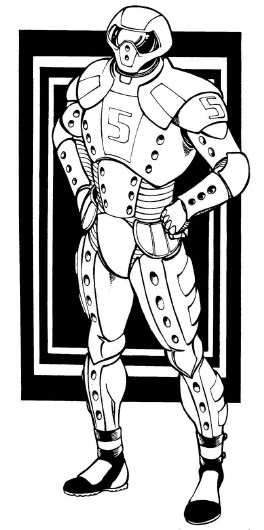 The battalion get short shrift of everything- But their armor is surprisingly good. The AR-25 was passed over by REF for "real" forces as too heavy and insufficient protection, but for all that weight it has NO prowl penalty, and if it weren't so heavy it 'might' have been selected; In fact, it supplies slightly more protection than CVR-3 (though CVR-3 is finally being phased out in favor of CRV-21). The battalion get short shrift of everything- But their armor is surprisingly good. The AR-25 was passed over by REF for "real" forces as too heavy and insufficient protection, but for all that weight it has NO prowl penalty, and if it weren't so heavy it 'might' have been selected; In fact, it supplies slightly more protection than CVR-3 (though CVR-3 is finally being phased out in favor of CRV-21). | The battalion get short shrift of everything- But they don't have support weapons because they get fire support from other units AND because they can't be trusted with that kind of firepower. | ||||||||||||||||
| Purpose: Generally last ditch self-defense. Weight: ¼ lb. Damage: 2D8 per blast. Attacks per melee: Per user. Effective Range: 200 feet. Capacity: 20 rounds normal; 25 with the extended clip. Cost: 300-400credits. | Purpose: Assault/Defense Damage: 5D6 SD or MD Range: 500 feet. Payload: Primary Built-In Battery: 500 blasts (nominal); Secondary E-Clip: 200 blasts from e-clip or unlimited from e-cable; Tertiary E-Plate: An E-plate mounted in the grip gives the rifle an unlimited payload. Weight: 20 lbs. Cost: 5,000credits. | M.D.C.: 75. Prowl Penalty: None. Weight: 150 lbs. | |||||||||||||||||
| Infantry Armor Over Time: | |||||||||||||||||||
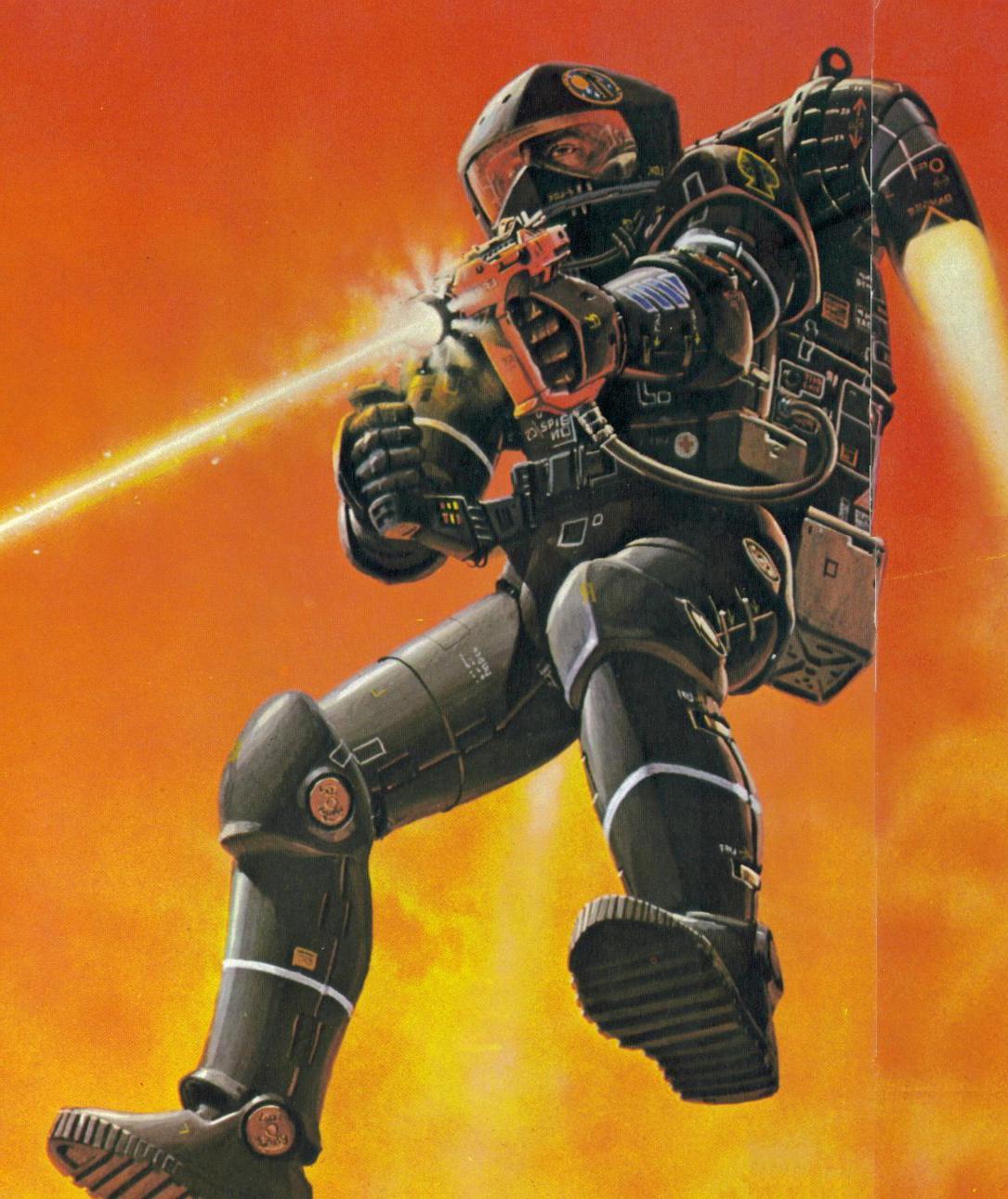 | 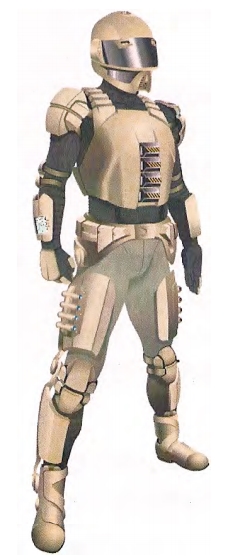 | ||||||||||||||||||
| Special Battalions at first used Penal Power Armor. However, this caused QUITE an uproar when it was discovered, and hasn't happened since. | Gen 2 "Iron Man": A horrible body armor, it was taken out of service as inadequate- Considering this was based on Battalion standards, that says a lot. | Gen 6 "Seulav": Only used on Scitsal and Sedgewick. While it was "good enough" for the type of police actions those Battalions were engaged in, they weren't really all that good. | |||||||||||||||||
| Vehicles: | |||||||||||||||||||
| Typically, Special Battalions don't have vehicles except on loan from other groups. They initially insert by assault pods. In a few cases, they've inserted initially by some assault shuttle, but this is the exception, not the rule. Special Battalions aren't allowed to ride into battle- That's a privilege reserved for "real" soldiers. However, in urgent circumstances vehicles may be made available. For example, when L'egionnaires were in danger of being surrounded and annihilated on Rice, three companies of Specials were thrown on top of L-500's (L'egionnaire were inside) and rode in to relieve the siege. True to Battalion tradition, not a single Battalioner survived the battle- And not a single L'egionnaire was KIA due to the Battalion. (Actually, several were lost, but all of them were dead or injured before the relief arrived, and the relief arrived as quickly as it could. In other words, the Battalioners did their job.) When absolutely necessary, unarmored supply trucks can be made available, but Battalioners are forbidden to ride except by order of the Commanding Officer, who will only do so when haste is paramount. The Battalion NEVER have their own aero-spacecraft, but they usually get air support. They do get transport ships, which they have built themselves from whatever hulks they can find. The Council has never, to date, refused them a hulk. This has led to embarrassment, as the last known historic Phalan Interceptor was taken for use and rebuilt as a Metal Storm hull- Thus assuring its destruction. | 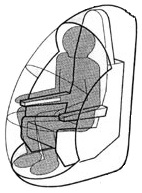 | ||||||||||||||||||
The Battalion is currently working on Gen 4, which adds some sensors and a grav pod for better control of impact. | |||||||||||||||||||
 United Galaxies Council. |  United Galaxies Council. | ||||||||||||||||||
| General Information Name: Special Battalions Colors: None. No such honor is permitted to Special Battalions. Each Battalion is issued a signal pennant with the Battalion Number on it, each Company within the Battalion Symbol/Crest/Banner: UGC Clariont. Owner: United Galaxies Council Prison Authority. Commanding Officer: Any REF Army or Marine Officer of a paygrade of Captain or above. The highest ranking CO of Special Battalions was Lt Colonel Shaminanah VILL (a Drallish Fljyt Army officer) who commanded the Battalion through the fight for Scitsal. The first CO was Major Meehyck FREERAR, who took City (IbiLxikoNa-89db47̶). After this, Special Battalion CO's were FORBIDDEN from taking the field with their commands once the operation had begun. Executive Officer: Each Company has a Company Sergeant, elected for one month at a time by the members of the company. (XO's may be selected based on mission requirements, but this is the exception, not the rule.) Tactics: Orbital insertion by whatever means is required for the mission. Remain until the mission is complete (the enemy is thoroughly broken or surrendered) or until they're all dead, whichever comes first. For Sierra Bravos, there is no retreat. There is no withdrawal. There is no surrender. Each and every time they are deployed, it is win or die (and often both). Size and Orientation: Mercenary Army (300) Features: | |||||||||||||||||||
If there's a shrift to short, they'll take it. | If there's a shrift to short, they'll take it. | ||||||||||||||||||
These ARE convicts, after all. It would not do at all for them to be able to rise up against anyone- Even each other. | The local communications is via standard Type-11 Wide Band Radios, which is then routed to MRA 6 Radios for satellite uplink. | ||||||||||||||||||
If there's a shrift to short, they'll take it. | |||||||||||||||||||
Their professional reputation however, is a little different, in that everyone who's heard of Special Battalions knows, if it's not a winnable battle, send the Sierra Bravos. They may lose too, but they will DIE trying. | Administrative Control: | Command Officers: Not in Chain Of Command; Each Commanding Officer, Special Battalions is at their leisure to select a Command Advisor, a member of the their own Battalion (and therefore a convict) to whom they can turn to for advice and council. They are under NO obligation to do so, and some don't (most do though). The Galactic Investigation Services has an agent, at very least, attached to each Battalion. Officially they have no say, but they can 'inform' the CO of potential issues, such as recruits who should not be selected, and they DO inform the GIS of what recruits are selected and what developments occur. | |||||||||||||||||
| Standard Issue Weapons and Equipment Transport Vehicles: Combat Vehicles: | UGC L'egion 'Etrange're: A closely associated command. When the L'egion 'Etrange're needs to bulk up their force, they 'might' tap the Special Battalions, but no mistake no matter how ugly it gets the Sierra Bravos are the disposable ones- La L'egion can withdraw. Not Sierra Bravos. Pontifical Swiss Custodes (Swiss Guard): The only non-UGC regular services to ever hold the Bravo's leash, the Custodes were deployed with Le L'egion to provide the moral authority for the Scitsal operation. Due to Le L'egion getting handed their asses by suicide bombers, snipers, car bombs, etc., a battalion was formed to "eradicate" (no euphemisms) the Bulians. Early analysis determined the REF Army "could" do the operation at a perfectly acceptable 25% casualty rate- If three full corps were deployed. Because Scitsal wasn't part of the UGC, that was a non-option, but Bravos are technically not part of the Council anymore. They're disposable. They completed the mission, too. Prison Authority Resettlement Project: This is where 99% of the females for Special Battalions come from. 'Most' PARP-Eligible females would rather be assigned to Sierra Bravos than male PARP candidates, because put bluntly Sierra's have proven they can protect themselves. (That a Sierra's a 15 times more likely to abuse their women doesn't phase a "Lottery Girl"; Most of them come from abusive backgrounds anyways.) | 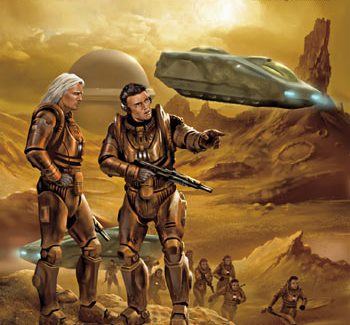 | 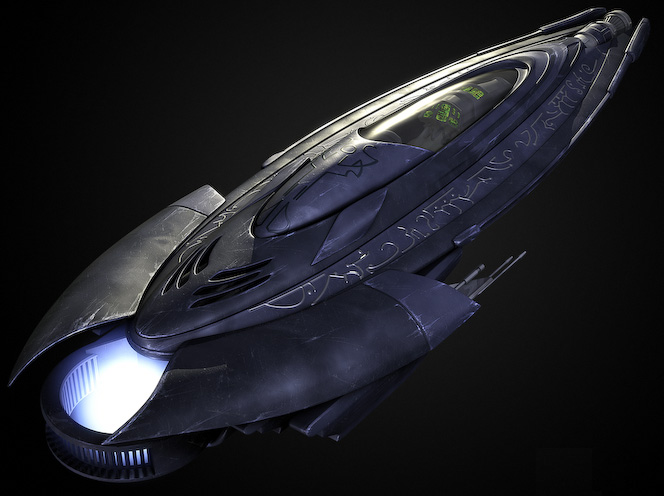 | ||||||||||||||||
 Sierra Bravo Colony Flag. | Sierra Colonies. |  Sierra Bravo Colony Flag. | |||||||||||||||||
| Sierra Bravo colony villages usually start in and around the landing site (or last major objective of the campaign if they stay on their target world); However, in some cases out with 3 or 4 former Special Battalion survivors who band together. They load up their mates, start the engines, and take off, looking for a decent settlement area. Once they find it, the Conestogas are parked in a ring and the planting begins; As time and materials allow, the camp site is walled off, using whatever is available. Rock walls piled 20 feet high are pretty common, as are wooden stockades. The most popular (materials allowing) is a double stockade filled with rocks, as these tend to be the most solid. The new community is required to fly the Prison Authority flag (displayed above), but will often fly the Bravo's Battalion Flag (and company, if they were from the same one). Sierra Colonies tend to be the best behaved; The Prison Authority has consistently reported less than 1% as many major disturbances (riots, wars, etc.) amongst Sierras as other colonies. Some have chalked this up to psychology, others population density, and nobody really knows for sure. The Sierras are required to advise the larger colony or the Prison Authority outpost on planet as to their settlement location using GPS, but beyond that very little is done to or about them. A mandatory census is completed, half-assedly, but as much guesstimation as actual data collection; Routine flybys by Prison Authority Shuttles, such as the lightly armored Areas (right), are a daily occurrence, especially towards the populations centers, and even unscheduled and undispatched landings by PA SecFor is not unheard of for nothing more than chit-chat and maybe light trading; The dispatch of a PA SecFor Response Force, while not unheard of, is very rare- Even the "mandatory" yearly inspections are often quietly de-scheduled. Simply put, Sierra Colonies tend to be pretty tame places compared even to county/shire jails. Domestic violence is pretty common, but the types of females that volunteer for Sierra Colonies, colloquially called "Sierra Bravettes," tend to accept the violence as part of their reality- Either they're just as violent (and thus as likely to be the instigators if not the abusers themselves), or it's all they really know. Either way, other Bravos have generally stepped in, using an arm-hook/leg- or head-sweep technique they are taught just for this sort of situation. (It's not like the PA doesn't KNOW about the DV- But there's precious little they can do about it.) CONTRARY to allegations otherwise, a bravo is no more nor less likely to abuse his mates than a "normal" PARP male. He's just more likely to know more ways to beat them. That is why Bravos are taught how to restrain each other. | |||||||||||||||||||
 |  | ||||||||||||||||||
| The use of code flags is more extensive by this unit than any other; Even all the REF and RDF Basic Enlisted Training Centers (boot camps) combined don't use these flags nearly as much as this one command. Over 2,000 of these flags is flying at any given time, during surge times 5 times as many is possible. For More information, CLICK HERE. | |||||||||||||||||||
 |  | 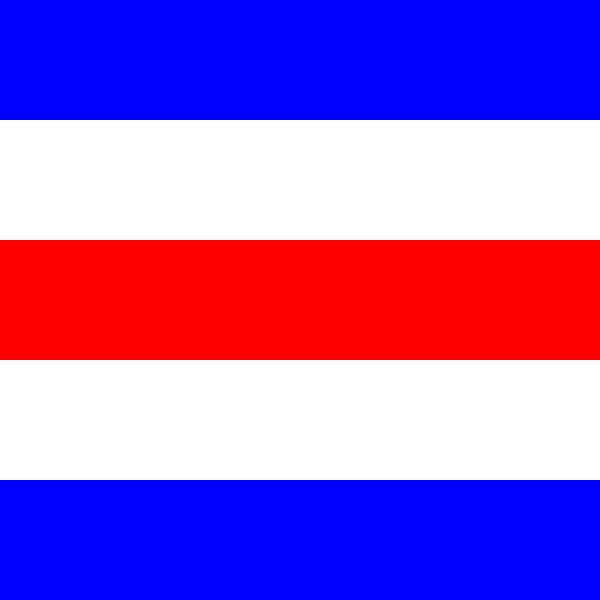 |  |  | 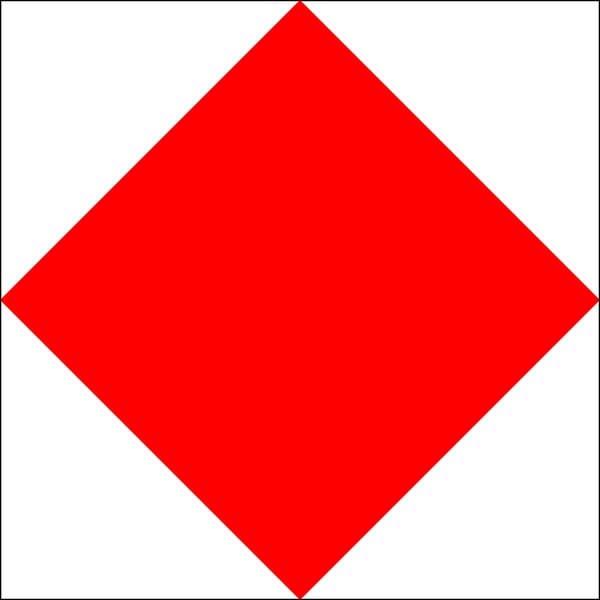 | 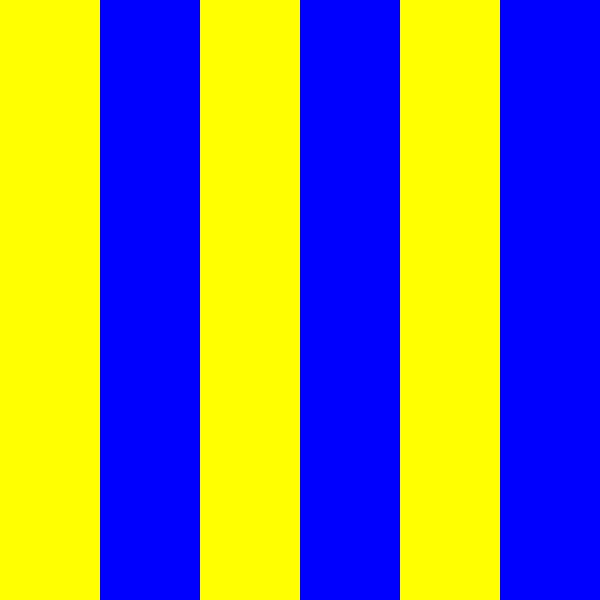 |  |  |  |  |  | ||||||||
| A | B | C | D | E | F | G | H | I | J | K | L | ||||||||
| Apha | Bravo | Charlie | Delta | Echo | Foxtrot | Golf | Hotel | India | Juliet | Kilo | Lima | ||||||||
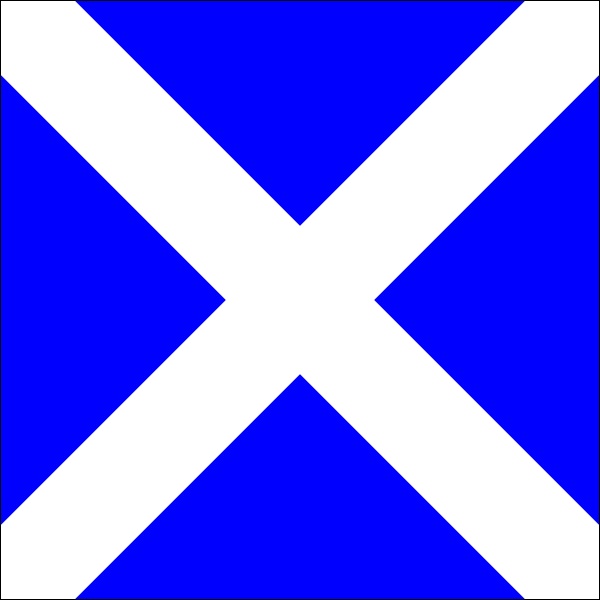 | 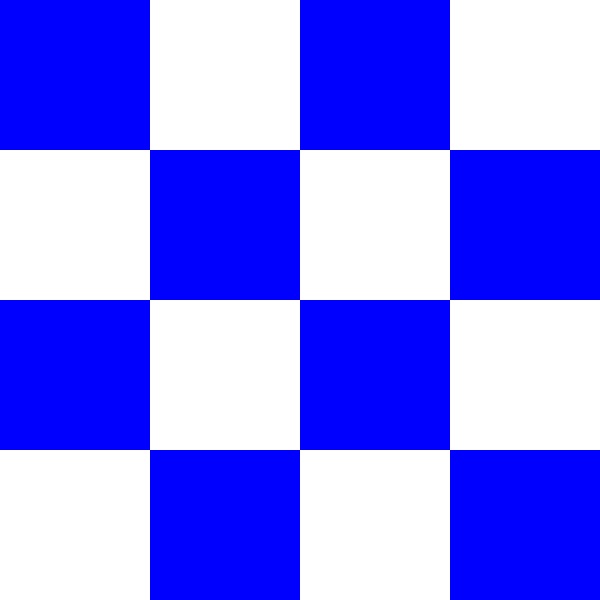 |  |  |  | 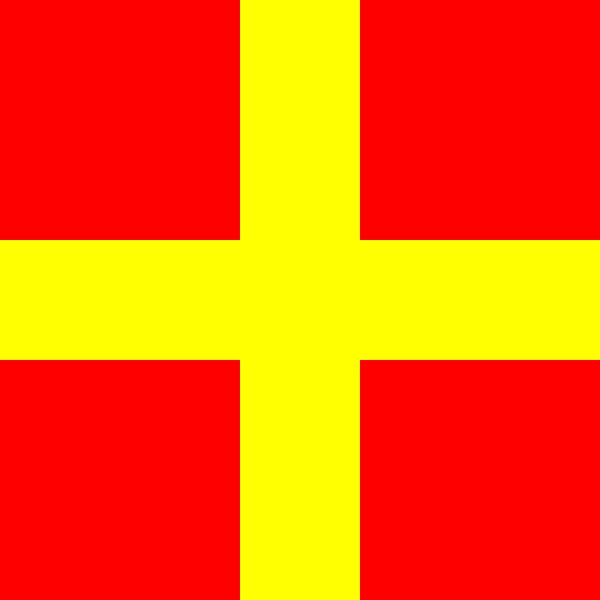 |  |  |  | 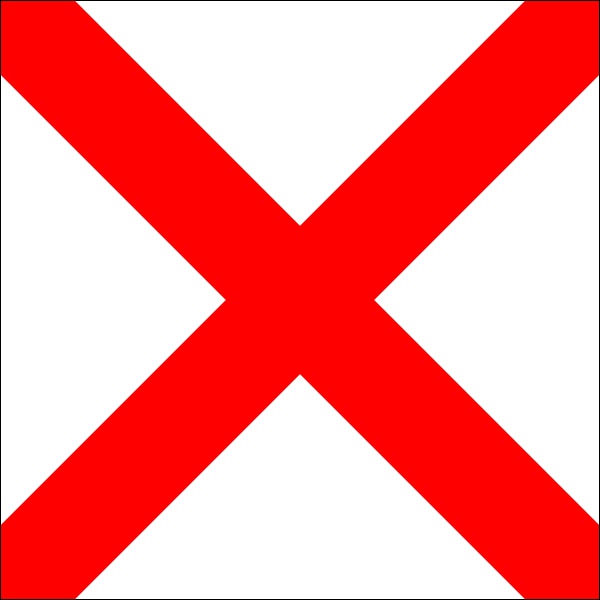 |  |  | ||||||||
| M | N | O | P | Q | R | S | T | U | V | W | X | ||||||||
| Mike | November | Oscar | Papa | Quebec | Romeo | Sierra | Tango | Uniform | Victor | Whiskey | X-Ray | ||||||||
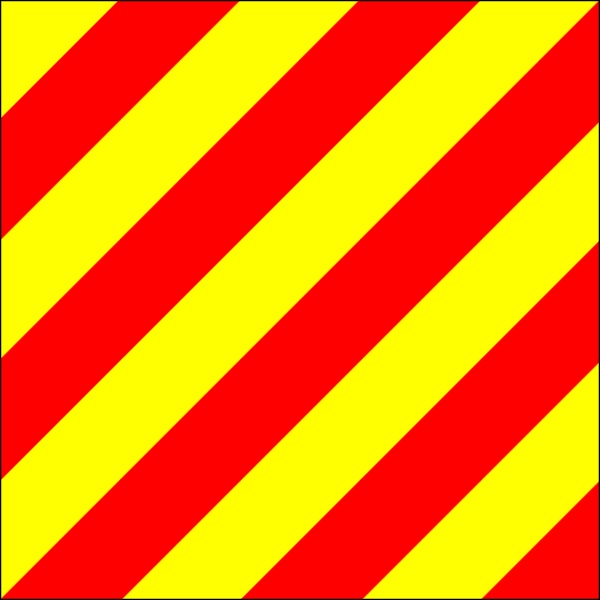 | 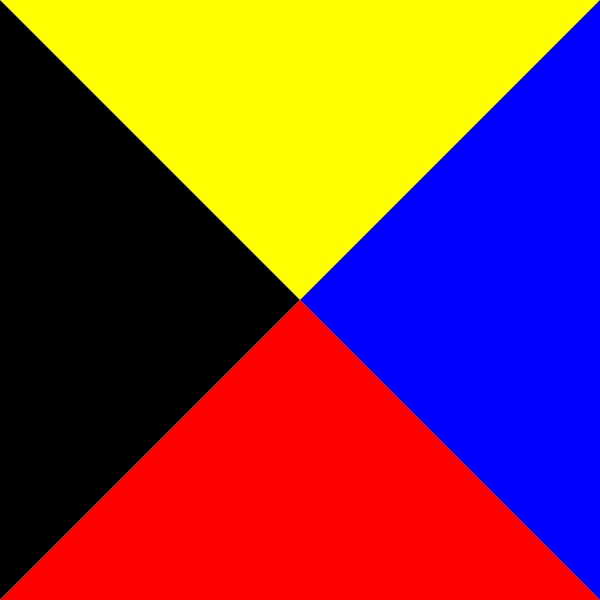 | ||||||||||||||||||
| Y | Z | 1 | 2 | 3 | 4 | 5 | 6 | 7 | 8 | 9 | 0 | ||||||||
| Yankee | Ƶulu | One | Two | Three | Four | Five | Six | Seven | Eight | Niner | Ƶero | ||||||||

